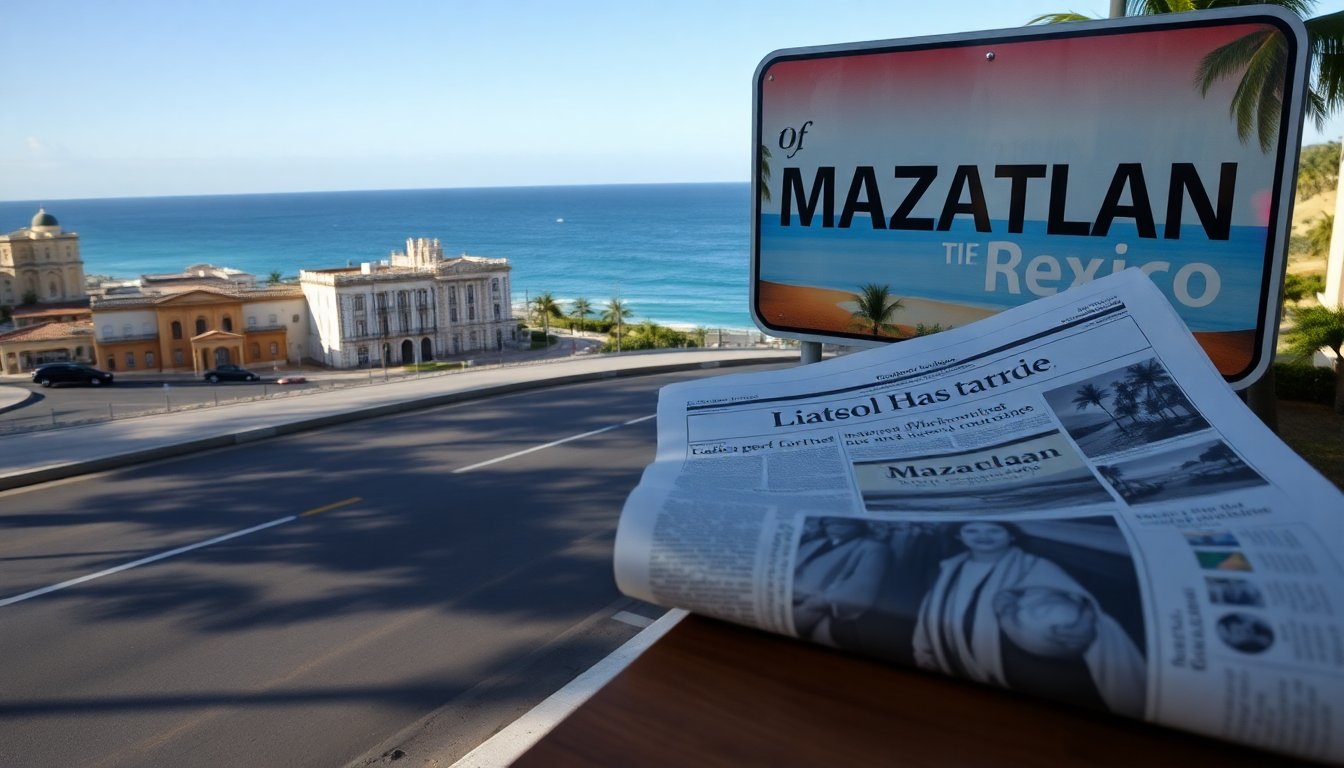Table of Contents
The update from Global Affairs Canada regarding travel advisories for Mexico has sparked significant political controversy. On November 13, the advisory was amended to lower the threat level for certain areas in Mazatlán, a popular destination on the Pacific Coast, while maintaining existing warnings for other regions. This adjustment led to widespread misinterpretation among local media, which falsely reported that Canada had issued an extensive travel warning affecting over 14 states, including Mexico City.
The frenzy of reporting followed an anti-government protest in Mexico City on November 15, where demonstrators expressed frustrations over escalating insecurity. The protests, primarily organized by Generation Z activists, turned violent as masked individuals clashed with police, resulting in the deployment of tear gas and smoke bombs.
Political fallout from the advisory
Deputy Maribel Solache González, a member of the governing National Regeneration Movement (Morena), stated that the media’s portrayal of the travel advisory has been weaponized by political opponents seeking to undermine President Claudia Sheinbaum. Solache González claims the narrative surrounding security issues is being exploited to discredit Mexico’s first female president, who leads the country amidst rising crime.
Protests and their causes
The November protests were amplified by the recent assassination of Carlos Manzo, a prominent anti-cartel mayor from Uruapan, Michoacán. His murder catalyzed public outrage, leading to demonstrations across the state as citizens demanded accountability and security. Solache González emphasized that the rhetoric surrounding safety concerns has been exaggerated by opposition parties to create a negative image of the government.
Despite the uproar, President Sheinbaum has downplayed the significance of the travel advisory, highlighting a reported 11% increase in Canadian tourist visits to Mexico this year. She has also indicated plans to seek clarification from the Canadian Embassy regarding the advisory’s implications. However, it remains unclear whether the Mexican government officially requested any further details from Canada.
Opposition responses
Contrasting the government’s stance, opposition lawmakers assert that the Canadian advisory accurately reflects the reality on the ground in Mexico. Deputy Mario Zamora Gastélum, representing the Institutional Revolutionary Party (PRI), criticized the Morena administration for failing to mitigate rampant violence in Sinaloa, where he claims thousands have been murdered or gone missing over the past year.
Statistics on violence
Zamora Gastélum pointed out that a staggering 90% of residents in Culiacán live in fear, echoing sentiments that resonate strongly with the populace. He stated, “This is the reality we are living in… The government must prioritize attention to Sinaloa.” His comments reflect a growing consensus among citizens that the current security challenges demand immediate governmental action.
Deputy Paulina Rubio Fernández, from the National Action Party (PAN), echoed these concerns, emphasizing that the government has not done enough to address escalating violence. She remarked that the federal government’s strategies have been ineffective in combating rising crime rates across various states.
Tourism and economic considerations
Despite the political turmoil, some stakeholders in Mexico’s tourism sector urge the Canadian government to reconsider its travel advisory altogether. Francisco Aguilar Ordóñez, president of the hoteliers and restaurateurs association in Acapulco, expressed frustration, stating, “Let Canadian citizens come here. We appreciate their presence and ensure their safety.” His comments reflect a desire to counter the negative perception fostered by the advisory.
As discussions continue, the implications of the Canadian travel advisory resonate deeply within Mexico’s political landscape, affecting both public perception and tourism. The interplay of local protests, political maneuvering, and international advisories illustrates the complex dynamics of governance and security in Mexico.


